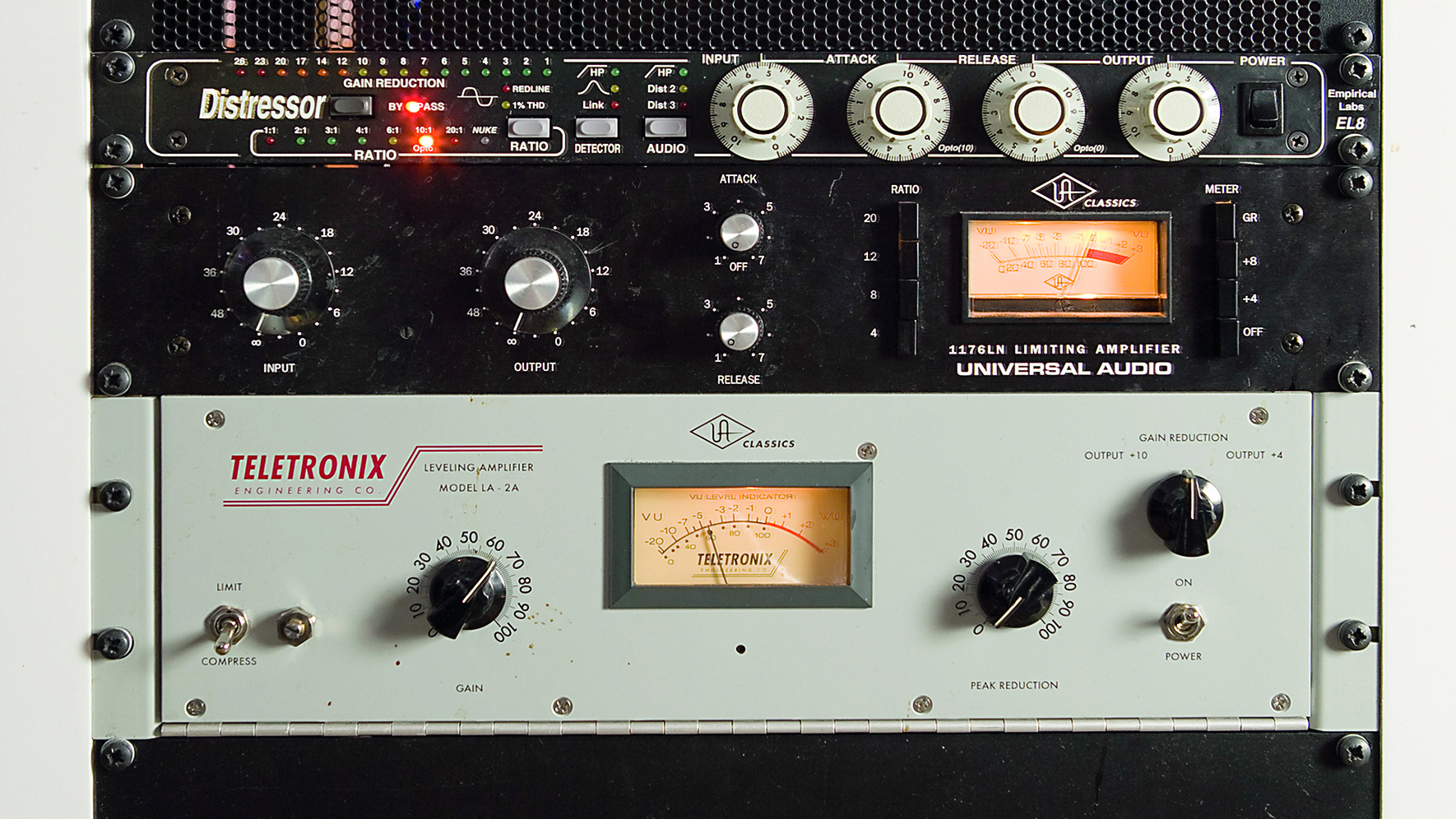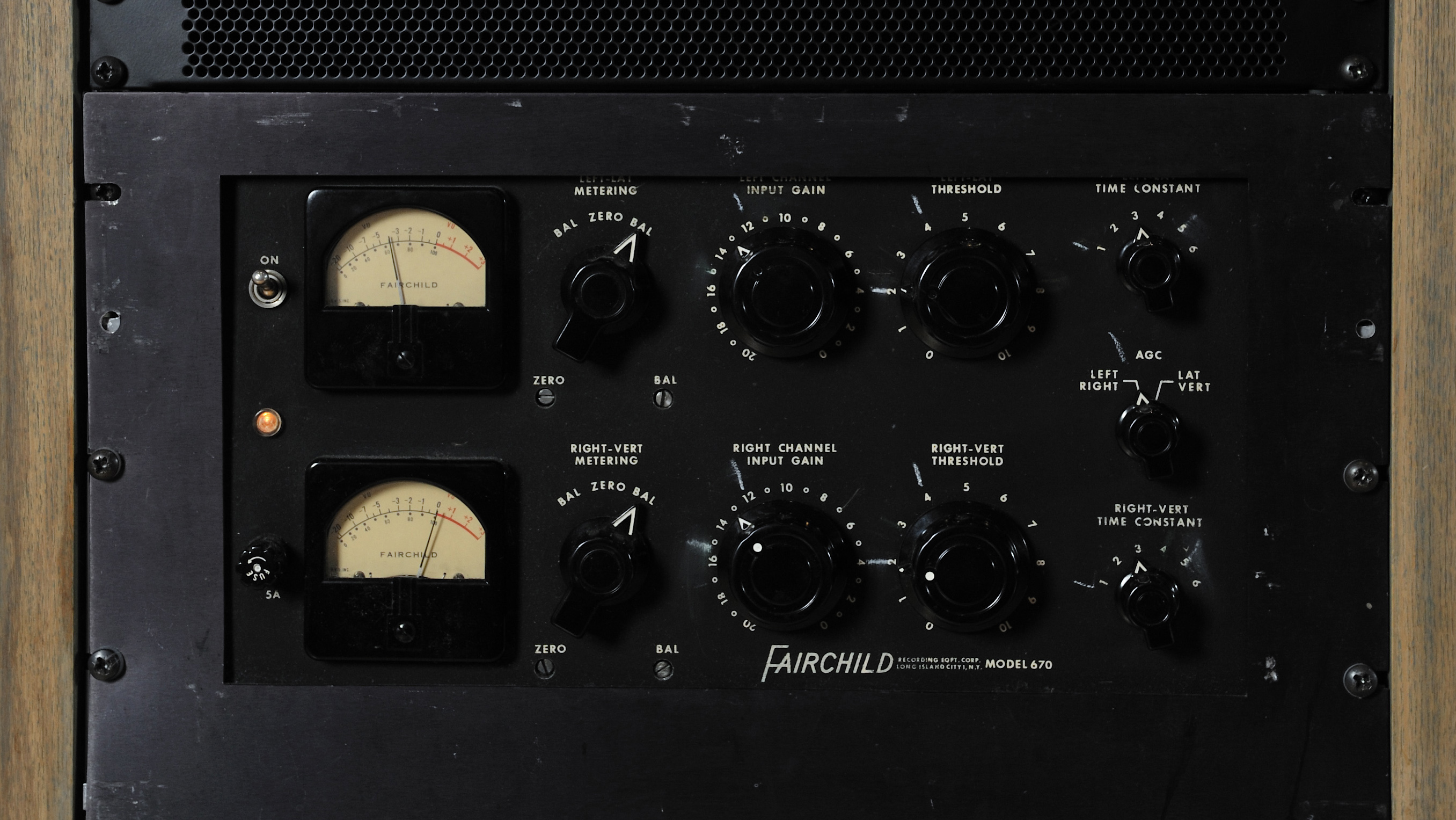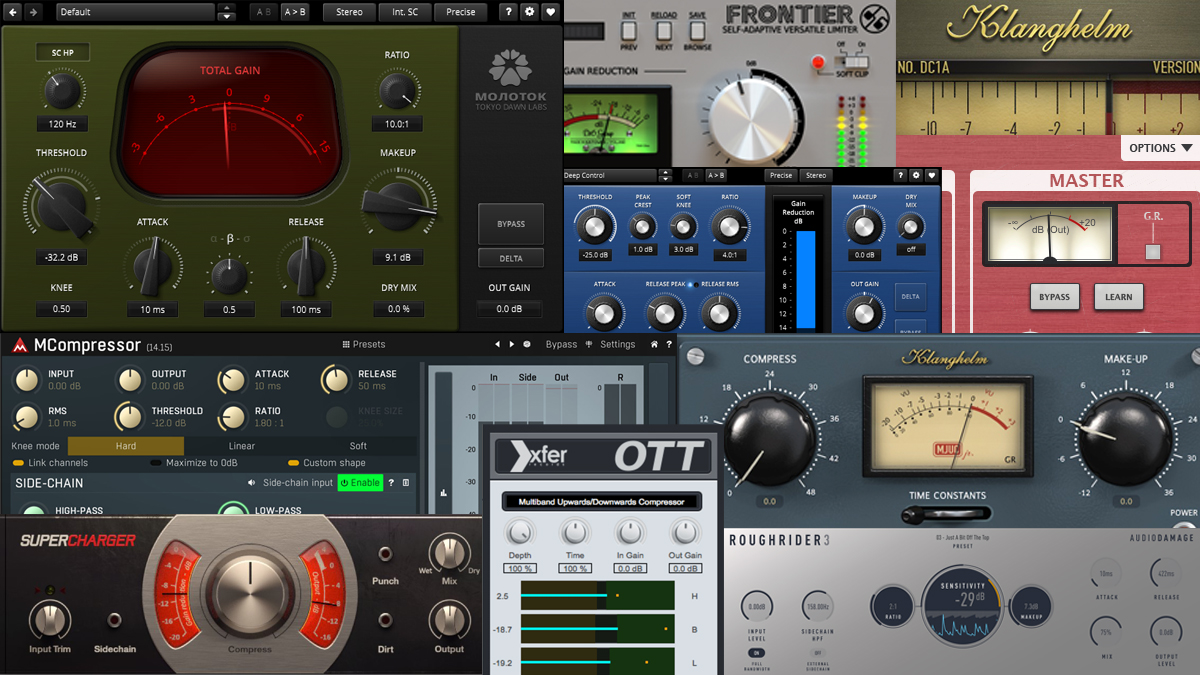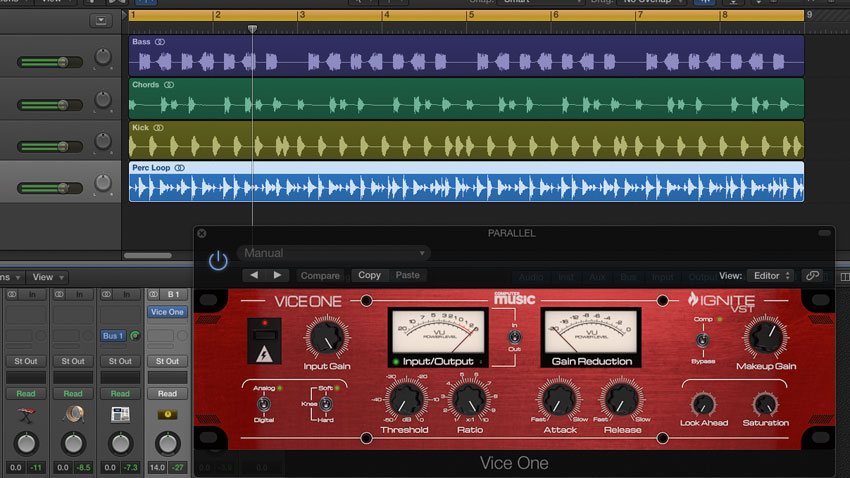The beginner's guide to limiting
Push your knowledge of dynamics processing to the limit with our guide to compression's extremist cousin

One subject that seems to cause more confusion than any other among beginners and experienced engineers alike is the real difference between compression and limiting.
Here, we’ll build on your knowledge of compression to explain what these subtly different tools are, how they work and how they can help you.
What is the difference between a compressor and a limiter?
The difference between a compressor and a limiter (sometimes known as a peak limiter) is essentially very small. Both operate in a similar way, reducing the volume of a signal when its level exceeds a given threshold. The usual rule of thumb is that if the ratio is 10:1 or higher, the unit is considered a limiter. However, there are a huge number of exceptions to this rule and you’ll find many compressors that offer higher ratios and limiters with lower ratios. A ‘brickwall’ limiter uses a ratio of ∞:1 in order to ensure that the signal never exceeds the threshold.

Occasionally you may also come across a levelling amplifier. This is really just an old-fashioned term for a compressor. It was most famously used on the legendary Teletronix LA-2A of the 1960s and crops up occasionally on new equipment. Thanks to the vintage link, it’s more closely associated with retro-sounding compressors that colour the sound of any signal they compress.
However, this is only a very vague rule of thumb. In reality, the differences between compressors, limiters and levelling amplifiers are so small that they should really be considered different variations on the same basic idea. The good news is that this means the controls tend to work in pretty much the same way. If you know how the threshold, attack and release settings work on a compressor you’ll have no trouble with a limiter or levelling amp.
Expanders, which seem to have fallen out of fashion in recent years, are effectively the opposite of compressors. Rather than reducing the level of a signal above the threshold, expanders reduce the level of any signal below the threshold.
The result is to allow louder parts of the signal to pass through untouched while reducing the volume of quieter parts. You could think of it as a more flexible version of a noise gate – while a noise gate completely mutes any signal below the threshold, an expander simply makes it quieter and allows you to adjust how dramatic the gain reduction is.
Get the MusicRadar Newsletter
Want all the hottest music and gear news, reviews, deals, features and more, direct to your inbox? Sign up here.
What is a maximiser?
Maximising is the term most often used to describe the process of increasing the volume (or perceived volume) of a signal. The key to this process is reducing the dynamic range. We can amplify any signal until its loudest peak just hits 0dB, but depending on the headroom between this peak and the rest of the signal, the track still might not seem loud.
Maximising with a limiter or compressor effectively increases the average level of a signal by reducing the level of the peaks, allowing us to push the gain up and make the whole track seem louder.
The subtle distinction between general compression and using a limiter to maximise a signal is that maximising specifically aims to push the overall level of the input signal as high as possible. This can be achieved in two main ways.

The best VST compressor plugins 2020: top-quality mixing tools for your DAW
The first is to route your signal into the limiter, pull the threshold down until the desired level of gain reduction is achieved and then add makeup gain to push the output up as high as possible (again, until the loudest peak is at 0dB).
The other method is to set the limiter threshold at, or close to, 0dB and amplify the signal before it hits the limiter in order to achieve the desired level of gain reduction on the peaks. The downside to this process is you lose some of your dynamic range, which is essential to keep a track musical.
Limiting and dynamic range
The effects of compression and limiting on dynamic range always seem to cause confusion so it’s worth thinking about them again. Understanding what you’re doing to a signal’s dynamic range is one of the keys to getting good results from dynamics processors.
The temptation with limiters and compressors is often to go overboard, but care should be taken to avoid the squashed, lifeless sound which often occurs
Compression and limiting effectively reduce the difference in level between the quieter parts of your signal and the louder parts, so let’s take a look at three different ways in which this can occur and look at the implications for whole track limiting, drum buss compression and kick drum compression.
Firstly, consider the track as a whole. For argument’s sake, let’s say we have a verse that is quieter than the chorus. If we push the whole track through a limiter in order to make it seem louder, we’ll eventually pull the threshold down to a point where the loud parts (the chorus) are being limited and the quieter parts (the verse) are being amplified.
As a result, the dynamic balance between the two sections is being affected. If the overall level of the track can’t be increased without detrimentally sacrificing some of the track’s intended dynamic variation, then it suggests there’s a problem that should be addressed in the mix rather than with broad, sweeping application of a limiter.
Transient shapers
Secondly, on a smaller scale, let’s consider the situation when we compress a bussed drum mix. When a drummer plays, some hits will be louder than others due to the drummer’s emphasis on certain beats and potentially due to some degree of inaccuracy (accidentally hitting the snare harder than intended on certain beats or fluffing a kick drum hit).
If we use a compressor to tame the dynamic range of the hits, we can smooth out the variation in level between each one. Louder hits can be squashed, making the level more consistent, and this allows us to push the level of the quieter hits up to match.
But as the drums are compressed harder and harder, the dynamic range between hits is reduced. This may be desirable in some cases, but care should be taken to avoid squashing the dynamics to the point where the drummer’s expression is lost.
On an even smaller scale again, consider a single kick drum hit. At shorter attack and release times, a compressor on a drum hit can dramatically affect its overall amplitude envelope.

5 pro compression techniques to take your sound to another level
For most of us, the envelope-shaping effect of a compressor on a drum track is an invaluable tool – one of the characteristic sounds of electronic music is the effect of a drum machine being pushed through heavy compression – but if you don’t think and listen carefully to the effects of your compressor, it’s easy to end up with a drum hit that doesn’t sound anything like you want it to.
The desired amount of dynamic range may vary according to genre. Jazz tracks or more gentle acoustic music would typically benefit from the highest levels of dynamic range in order to retain a realistic, lifelike sound, whereas the (slightly controversial) trend in recent years has been for pop, rock and dance music to be more squashed. This would mean a lower dynamic range might be acceptable if it meant the track would have the loud, squashed sound which we’ve become used to.
The temptation with limiters and compressors is often to go overboard, but care should be taken to avoid the squashed, lifeless sound which often occurs.
Alternatives to limiting
In mastering, compressors and limiters can be incredibly powerful when it comes to shaping the transient envelopes of percussive sounds, but there is an alternative. Rather than requiring you to set ratios, thresholds and attack and release times in order to squeeze the sounds into place, transient designers offer you control of the amount of attack and sustain. It can be a much easier way of achieving similar results, allowing the effect to do the hard work.
The SPL Transient Designer is the most well-known transient-shaping hardware unit, but a plugin version is also available and a number of other companies make similar effects. It’s most commonly used on drum tracks, to manipulate the amplitude characteristics of hits, but transient shapers can be just as useful on other sounds with a percussive element. Synths, guitars and even vocals can be tamed or twisted. There are plenty of options out there - some of our recent favourites include oeksound Spiff, KiloHearts Transient Shaper and Sonnox Envolution.


Computer Music magazine is the world’s best selling publication dedicated solely to making great music with your Mac or PC computer. Each issue it brings its lucky readers the best in cutting-edge tutorials, need-to-know, expert software reviews and even all the tools you actually need to make great music today, courtesy of our legendary CM Plugin Suite.










